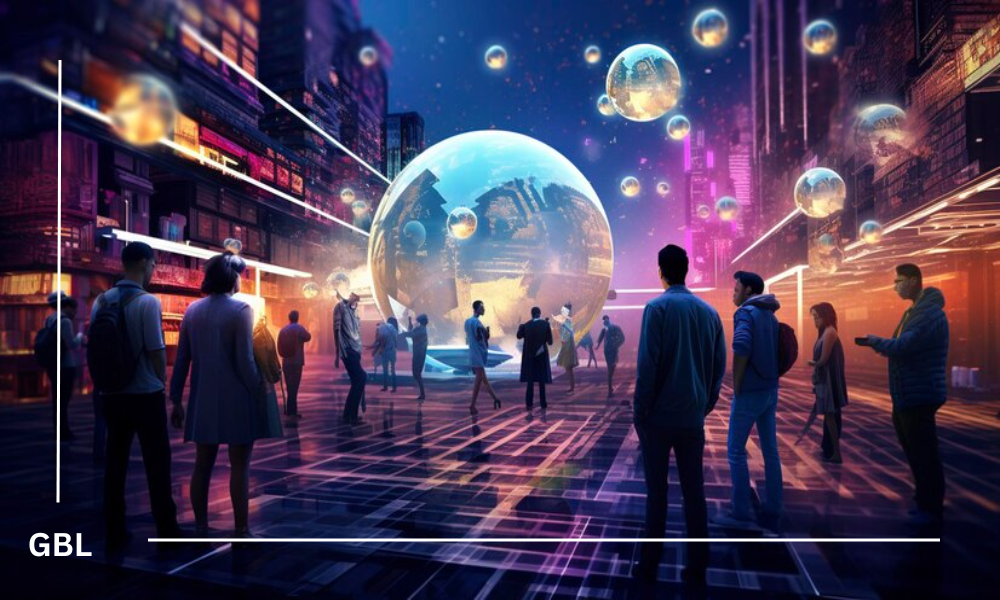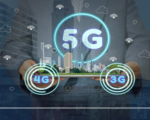In an effort to reimagine urban living, several tech industry leaders are investing in the creation of utopian communities, designed to blend cutting-edge technology, sustainability, and a strong sense of community. These initiatives aim to address common urban issues such as overcrowding, pollution, and social isolation, proposing a vision of living that is both innovative and harmonious.
One of the most ambitious projects in this movement is Telosa, a city envisioned by former Walmart executive Marc Lore. Telosa aims to be a model of sustainability and technological integration, designed to eventually house up to five million residents. The city plans to incorporate extensive green spaces, efficient public transportation systems, and innovative infrastructure. Renewable energy sources such as solar panels and wind turbines will power the city, significantly reducing its environmental impact. Vertical farming and advanced waste management systems are also key components, ensuring a self-sustaining and eco-friendly urban environment.
In addition to environmental sustainability, these utopian communities emphasize social cohesion and community engagement. The design includes communal areas, shared facilities, and social programs intended to foster a sense of belonging and mutual support among residents. This focus on community is seen as a necessary counter to the social isolation often found in traditional urban settings.
Education and employment opportunities are also central to the vision of these communities. By integrating workspaces, research centers, and educational institutions within the residential areas, these communities aim to provide a seamless blend of living, learning, and working. This approach is intended to reduce commuting times, enhance work-life balance, and promote innovation through close collaboration among residents.
However, the development of these utopian communities is not without its challenges. Critics point out the substantial financial investment required and the meticulous planning needed to bring these visions to life. Moreover, ensuring that these communities are inclusive and accessible to a diverse population remains a significant concern. There is a risk that these utopian projects could become exclusive enclaves for the wealthy, rather than inclusive communities that benefit people from all socio-economic backgrounds.
Despite these challenges, the push for utopian communities represents a bold step towards rethinking urban development. By prioritizing sustainability, technological integration, and social cohesion, these projects aim to set new standards for the cities of the future. Whether they can fully achieve their ambitious goals remains to be seen, but they undoubtedly offer a compelling vision of what urban living could become.

















